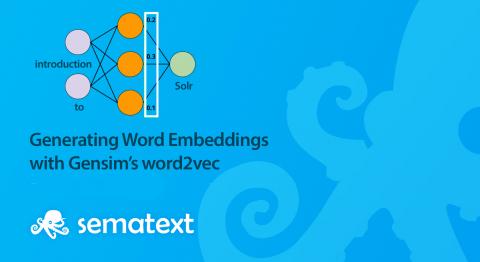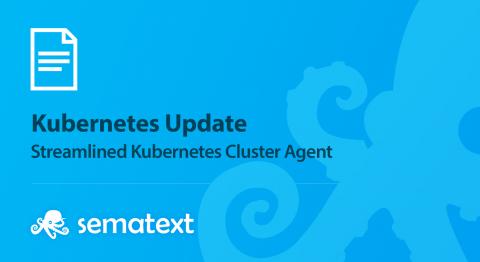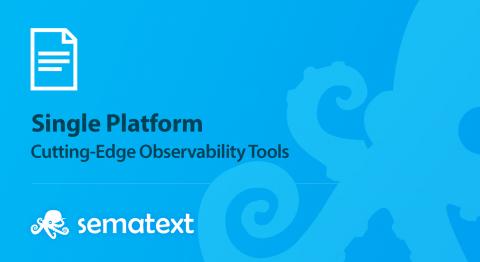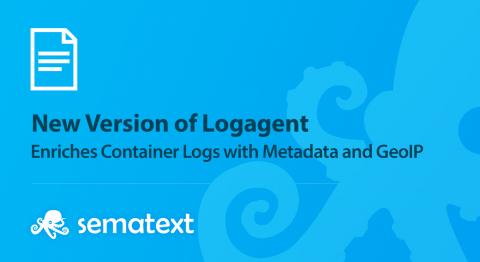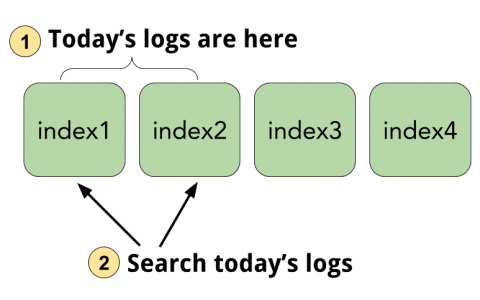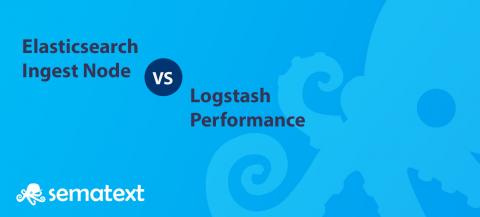Use Case Focused Elasticsearch Online Training Classes to Fit Your Exact Needs
We’ve been working with Elasticsearch since its inception, either with clients on consulting for Elasticsearch products and Elasticsearch production support, or by building our own hosted log management solution. For the last 4 years, we’ve also been sharing our knowledge through Elasticsearch training classes. In 2018, we had remote public training classes on a fixed quarterly schedule, so you can more easily plan your learning time and budget.



